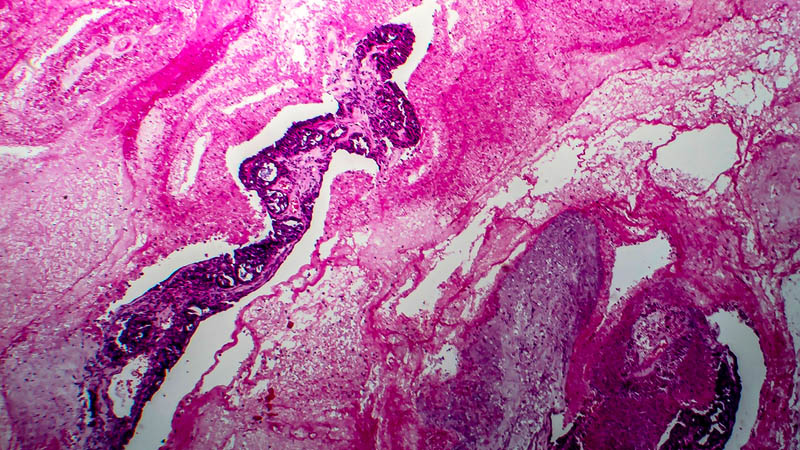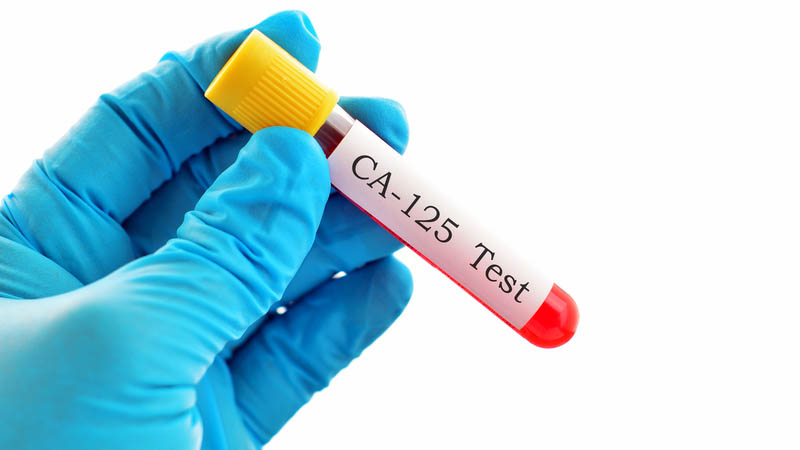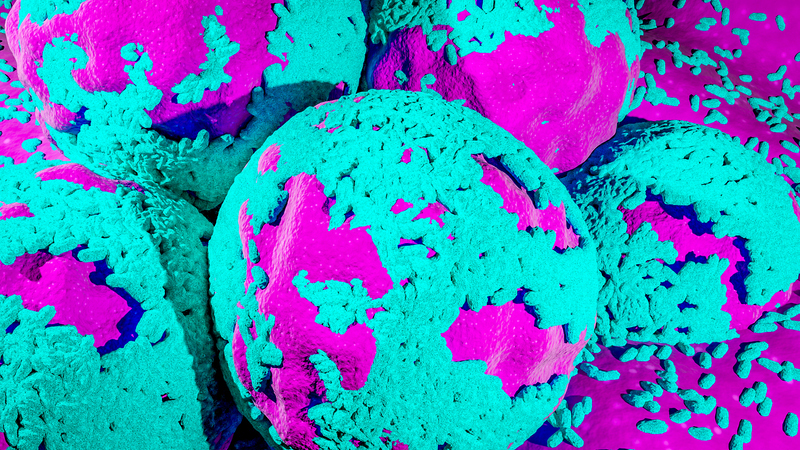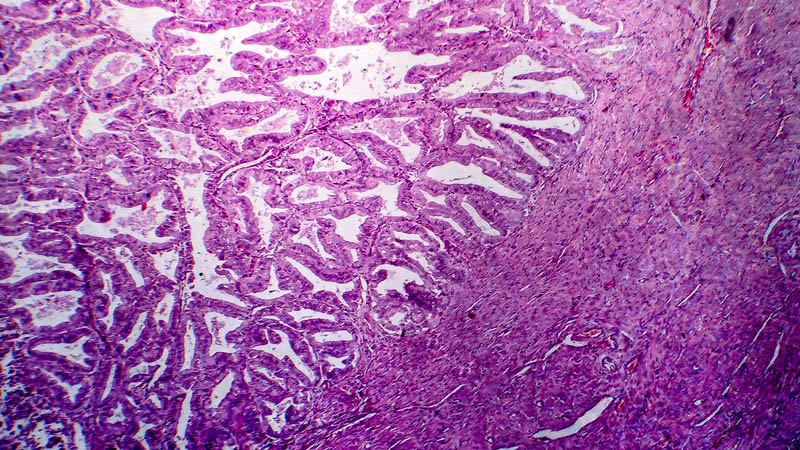Gestational trophoblastic neoplasia after miscarriage with dilatation and curettage with normal histological findings
 Affiliacja i adres do korespondencji
Affiliacja i adres do korespondencjiGestational trophoblastic neoplasia may develop after a molar, term, ectopic pregnancy, or an abortion. The diagnosis of gestational trophoblastic neoplasia can be made solely based on changes in human chorionic gonadotropin levels without pathologic confirmation. It is important to distinguish molar pregnancy from that disease, as treatment for these entities differs. However, gestational trophoblastic neoplasia developing after a term or ectopic pregnancy, or an abortion may be difficult to diagnose, because there is no tissue confirmation. In such cases, the time between a previous pregnancy event and the current event, and an inconsistency between very high levels of human chorionic gonadotropin and the size of lesions in the uterine cavity may be warning signs of gestational trophoblastic neoplasia. The role of curettage in the treatment of the disease is limited. We present a case of gestational trophoblastic neoplasia that developed after an abortion, serving as a reminder illustration that gestational trophoblastic neoplasia can develop not only after molar pregnancies, but also after other pregnancy events.









